John Hurrell – 13 July, 2021
Of the four artists, only Reweti seems to embrace a sort of poetic ambiguity, but even that might be disputed, for Weng has selected the artworks and artists with care, and they consistently lock together well thematically. However Reweti does seem less heavy-handed polemically than the others. Her quite aesthetic images are more prone to multiple interpretation—despite Weng's very thorough accompanying explanatory catalogue essay and the different artist statements.
Pakuranga
Bridget Reweti, Eleanor Cooper, Xin Cheng, George Watson
They Covered the House in Stories
Curated by Amy Weng
30 May - 22 August 2021
Using for a title a line from Taiwanese novelist Wu Ming-Yi’s 2015 novel The Stolen Bicycle, Aotearoa curator / artist / writer Amy Weng has organised a show of three Auckland (and one Wellington) artists who look at place—‘house’ meaning considerably more than a mere building. It includes the wider local environment that ‘shelters’ nonhuman lifeforms as well, and that, mostly, is the salient point of this show.
Xin Cheng and Eleanor Cooper have shown together previously at Mokopōpaki, as they have parallel enthusiasms for matters ecological, particularly how flora and fauna coexist in lakes and streams found in Tāmaki Makaurau. They present two small illustrated publications of their discussions, and sound recordings of interviews with observant scientists or historians from local communities, or aural records of natural occurrences. Xin Cheng also presents a set of postcards of assorted insect, bird, fish and plant life found at Te Auaunga (Oakley Creek), while Eleanor Cooper looks at Pupuke Moana (Lake Pupuke) with a water sample in a piece of suspended transparent tubing, and the wildlife in drawn images on windsocks made of old sails.
Bridget Reweti is a photographer and filmmaker currently living in Dunedin as the resident Frances Hodgkins Fellow. (She is also part of the Mata Aho collective who are currently exhibiting in the 2021 Walters Prize line up.) For the Te Tuhi show her images of albatross parts use pieces of pounamu and argillite as photographic plates. The ‘embedded’ chunky images refer to a Hone Tuwhare poem about the bird, and to the infamous forced march prisoners from Parihaka were compelled to endure from Taranaki to Ōtepoti (Dunedin) with its albatross colony, and is a clever way of fusing stirring narratives visually into portable elements of landscape.
George Watson’s wall sculptures fuse ornamental Victorian architectural trim with sinister steel implements of control to constrain butterfly symbols of indigeneity. Their post-colonial politic is not hard to decipher (perhaps it is too obvious in its choice of metaphor?) but then, much of the show is pretty overt in terms of intention. Watson‘s project is complex—I think overly so—revolving around a tenderly written Katherine Mansfield short story that Watson weaves around the chosen symbols, painted names and cruelly used materials.
Of the four artists, only Reweti seems to embrace a sort of poetic ambiguity, but even that might be disputed, for Weng has selected the artworks and artists with care, and they consistently lock together well thematically. However Reweti does seem less heavy-handed polemically than the others. Her quite aesthetic images are more prone to multiple interpretation—despite Weng’s very thorough accompanying explanatory catalogue essay and the different artist statements. There is more room for the viewer to mentally play with meanings. More wiggle room for varied notional exploration.
John Hurrell
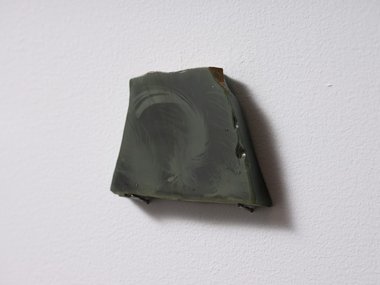
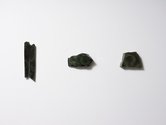
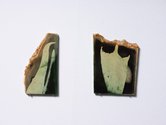

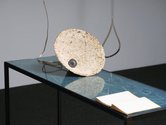
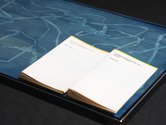





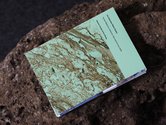
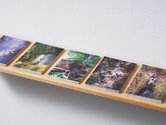
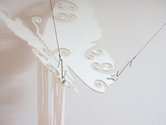



 Two Rooms presents a program of residencies and projects
Two Rooms presents a program of residencies and projects Advertising in this column
Advertising in this column



This Discussion has 0 comments.
Comment
Participate
Register to Participate.
Sign in
Sign in to an existing account.